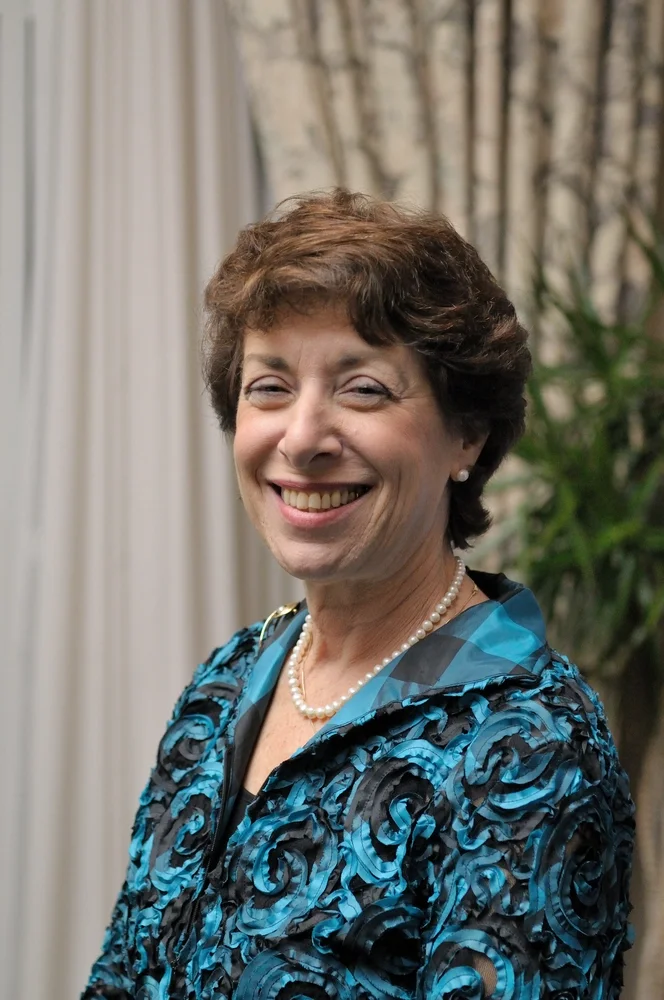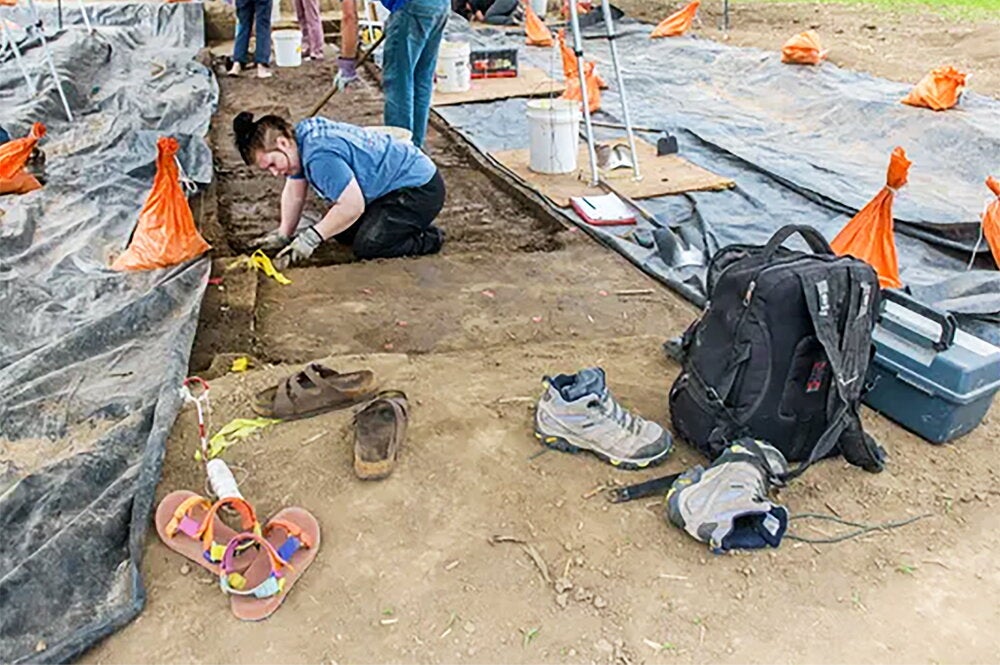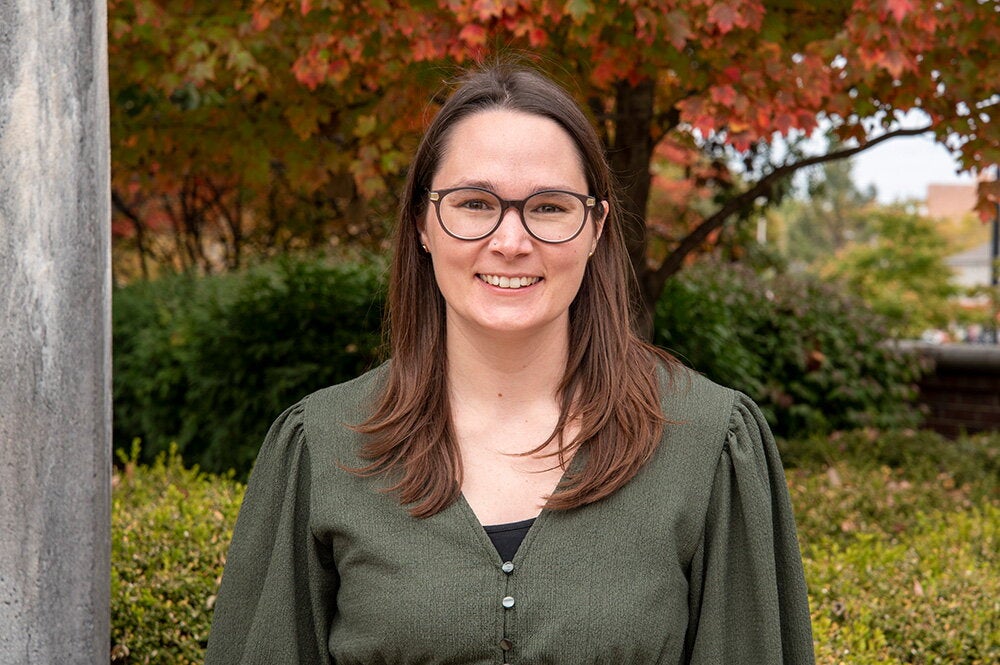
The infamous blown-out British Petroleum well, which spewed over 200 million gallons of oil into the Gulf of Mexico throughout 2010, has finally been declared “dead.” But Linda Birnbaum’s work on the spill is only just beginning.
Birnbaum (MS, '69; PhD, '72, microbiology) is the first woman and first toxicologist to direct the National Institute of Environmental Health Sciences (NIEHS), an agency that has been charged with probing the long-term health effects of the oil spill. Under Birnbaum’s leadership, the NIEHS is launching a massive study of the health effects of workers and others exposed to oil and related products in the Gulf.
“We’re going to do toxicology studies, and we’ll be issuing requests for proposals to look at health effects in a variety of populations,” says Birnbaum, recipient of the 2010 LAS Alumni Achievement Award. However, her oil spill work is only the latest in a career that has tackled some of the most serious toxicology issues of our time, from dioxins and PCBs to asbestos.
Birnbaum is a native of New Jersey, but she was drawn to Illinois in the 1960s because it was the ideal fit for her and her husband, who was working on a PhD in mathematics. She received her M.S. in 1969 and her Ph.D. in 1972 in microbiology from Illinois, but even more important, she learned to ask the right questions at U of I.
“The most important thing you should learn in any PhD is how to ask the right questions,” says Birnbaum. “It’s helped me ever since.”
After finishing at Illinois, Birnbaum and her husband moved to New York, where she landed a position at the Masonic Medical Research Laboratory and found her calling in toxicology.
The Masonic Medical Research Laboratory was studying the biochemical changes that occur during aging, and right from the get-go Birnbaum began asking questions. She wondered whether the increase in cancer with age might be connected to changes in the metabolism of carcinogens. This work on carcinogens was what first drew her into toxicology.
After her stint at the medical research laboratory, the Birnbaums and their young family moved to Research Triangle Park in North Carolina, and they have been there ever since. She spent 10 years with NIEHS, followed by 19 years at the Environmental Protection Agency. Then in 2009, she came back to NIEHS as director, but none of these career changes required her to leave the region she loves. In fact, the most recent switch, from EPA to NIEHS, simply took her across a small lake that both agency buildings face.
“I’ve always placed my family first, and I always had great opportunities to make a career advance without having to move my family,” she says.
Birnbaum started as a research toxicologist with NIEHS before moving to the EPA, where she directed the experimental toxicology division. In these roles, she was known for her research on persistent chemicals in the environment, such as dioxins and PCBs. She has also been a prolific scientist with over 700 peer-reviewed publications.
The work of Birnbaum and others has changed the way people look at persistent chemicals. “People came to understand that if these chemicals do not go away, either in the environment or in people, at some point they are going to cause problems,” she says.
One of Birnbaum’s mantras has been, “You can’t change your genes, but you can change your environment.” That is why she has led efforts to understand the basic mechanisms of toxic chemicals and ways to prevent them from causing problems in the first place.
“Sometimes it’s very difficult to prove that an individual has been harmed by a specific environmental hazard,” she points out. “So you have to look at populations.”
For example, you can’t simply say that if Johnny had slightly lower lead levels in his blood he would have a couple more IQ points. But if you look at an entire population and see shifts in health patterns, there could be an environmental link.
During her time at EPA, Birnbaum spent a year and a half leading a large program trying to understand what was happening in Libby, Mont., where there were confirmed deaths from asbestos exposure at a vermiculite mine. Libby wound up becoming the largest EPA Superfund clean-up site in the country.
Beginning in the early 1990s, she and others also took a hard look at how certain chemicals can disrupt our hormonal systems. Concerns arose when people saw what was happening with wildlife. Mink around Lake Michigan were not reproducing, and trout were not reproducing in Lake Ontario.
“We began to look for chemicals that could disturb hormonal systems,” she says. “Our hormones control every aspect of our body, so if you throw a monkey wrench into the system, you’re going to affect multiple things."
“I never met an endocrine system that dioxins didn’t like to disturb,” Birnbaum adds. However, she points out that dioxins, overall, have been a success story. “Levels of dioxin are much lower in both people and the environment than in the ’60s and ’70s. That doesn’t mean we shouldn’t keep up our vigilance. But it is good news.”
In addition, Birnbaum is known for her work on flame-retardants, which accumulate and persist in humans and the environment, much like dioxin. As a result of their research, some major flame-retardants were withdrawn from the market in Europe and the United States.
“I think we should be asking the questions, ‘Do we really need flame-retardants in baby mattresses and nursing pillows and those kinds of things? Is that really the place where you’re worried about things bursting into flames?’”
Birnbaum will continue asking such tough questions in the years to come. She also hopes to continue influencing the next generation of scientists, for she takes great pride and pleasure in her faculty appointments at Duke University and the University of North Carolina in Chapel Hill.
“I’ve always had the opportunity and wonder to work with graduate students and post-doc fellows,” she says. “It’s the whole thrill of science. Every day is exciting and new.”


